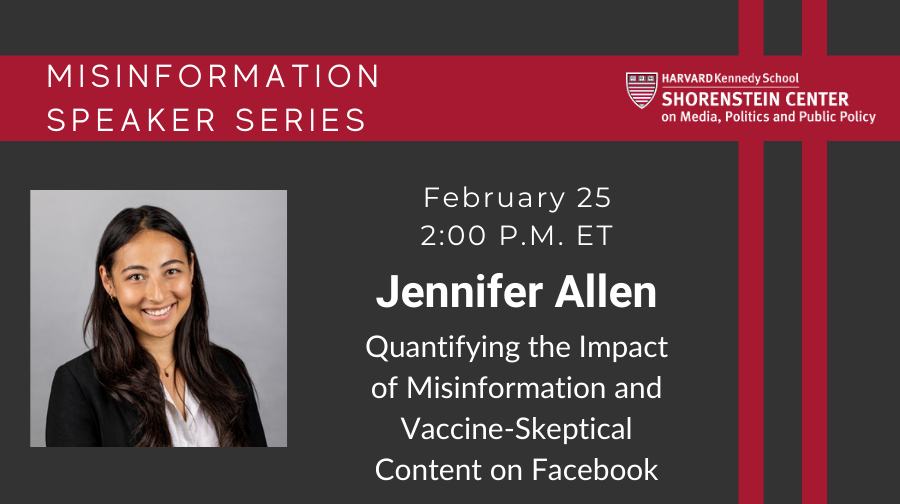Social Media’s Shadowy Influence: Unflagged Content Fuels Vaccine Hesitancy More Than Misinformation, Study Finds
The pervasive narrative surrounding COVID-19 vaccine hesitancy often points fingers at the rampant spread of misinformation on social media platforms. However, groundbreaking research challenges this conventional wisdom, revealing a more nuanced and concerning reality. A new study suggests that while flagged misinformation undoubtedly plays a role, unflagged content subtly promoting vaccine skepticism wields a significantly greater influence on public opinion. This startling revelation underscores the need for a more comprehensive approach to content moderation, moving beyond simply debunking falsehoods to address the insidious impact of misleading, yet factually accurate, information.
Led by Jennifer Allen, a postdoctoral researcher at the University of Pennsylvania and soon-to-be Assistant Professor at NYU Stern, the study employed a multifaceted methodology combining lab experiments with over 18,000 participants, crowdsourcing techniques, and sophisticated machine learning algorithms. This rigorous approach allowed researchers to analyze the causal effect of over 13,000 vaccine-related URLs on the vaccination intentions of approximately 233 million US Facebook users. The findings paint a stark picture: the impact of unflagged, skepticism-promoting content was estimated to be a staggering 46 times greater than that of content flagged as misinformation.
This disparity stems primarily from the differential exposure to these two types of content. While flagged misinformation demonstrably reduced vaccination intentions when viewed, its reach was limited due to fact-checking efforts and platform interventions. Conversely, unflagged content, often presented as mainstream news reporting on rare adverse events following vaccination, enjoyed widespread circulation, reaching a far larger audience. This highlights a crucial blind spot in current content moderation strategies: the focus on outright falsehoods often overlooks the subtle yet potent influence of factually accurate information presented in a way that fosters doubt and hesitancy.
The implications of this research are far-reaching. It suggests that current efforts to combat misinformation by focusing solely on debunking false claims are insufficient. While fact-checking plays a vital role, it represents a reactive approach, addressing the symptoms rather than the root cause of the problem. The sheer volume of online content, coupled with the sophisticated tactics employed to spread misleading narratives, makes it challenging for fact-checkers to keep pace. Moreover, the study highlights the limitations of relying solely on fact-checking as a solution, as it fails to address the broader issue of misleading, yet technically accurate, information.
The study advocates for a more proactive and comprehensive approach to content moderation, one that moves beyond simply identifying and flagging falsehoods to also scrutinize content that, while factually accurate, may contribute to vaccine hesitancy. This requires a nuanced understanding of how information is framed, contextualized, and disseminated, as well as the potential psychological impact on individuals. It also necessitates a collaborative effort between social media platforms, researchers, policymakers, and public health officials to develop more effective strategies for identifying and mitigating the spread of misleading narratives.
Furthermore, the research introduces a novel methodology that leverages the power of crowdsourcing and machine learning to identify potentially misinforming content at scale. This approach holds promise for enhancing current content moderation efforts by providing a more efficient and comprehensive way to identify problematic content. By combining human judgment with the computational power of machine learning, this method can identify subtle nuances and patterns that may be missed by automated systems alone. This research represents a significant step forward in understanding the complex dynamics of online misinformation and provides valuable insights for developing more effective strategies to promote vaccine confidence and protect public health.


